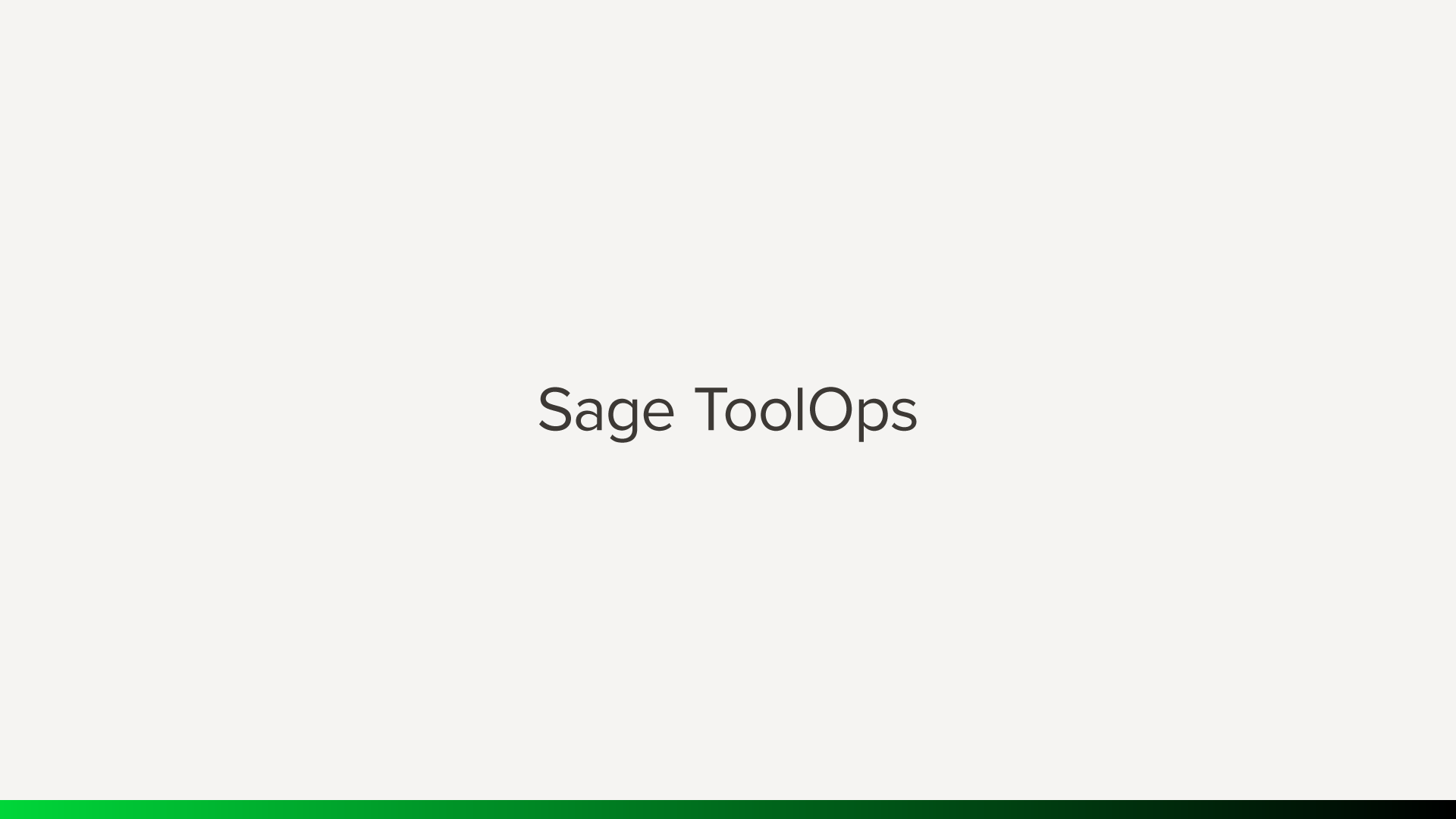If you are a construction professional, you know that tools and equipment can leave the job site every day –whether intentional or unintentional. In this article, we will look at how investing in modern tracking technology can put money back into your business.
Do you know how much your lost tools are costing you?
Using technology to prevent construction equipment theft is one area of your business where it is easy to see an increase in your bottom line. For the average cost of a cordless combination tool kit or less per month, you could save your company thousands of dollars annually by putting a technology solution or two to work for you. Though using a spreadsheet to track is a good start, the real solution goes far beyond this.
Why spreadsheets and Excel do not work
In its simplest form, tools are logged in a spreadsheet using a manual check-in, check-out system. This often proves ineffective, for one, because this method makes it hard to track the movement of tools in real-time. What’s more, it is hard to keep spreadsheet data secure, there is no audit trail, and even employees with the best intentions can forget to sign a tool in and out.
Benefits of tracking tools and cost across construction sites
With a dedicated tool tracking system, everyone from the job site, warehouse and the back office has access to the same database, eliminating data silos. The actual cost of equipment to a construction project can be tracked, either using the software standalone or by connecting a tool tracking system to an accounting system that integrates.
A good tool tracking technology, such as Sage ToolOps powered by ToolWatch, provides several benefits to your company:
- Lets your employee on the job site check out or request a tool from the warehouse
- Gives control to your warehouse to allocate and manage the tools accordingly
- It allows your back office to see the actual usage of each tool

From a warehouse and job site perspective, built-in automation in a good tool tracking system is extremely valuable to your day-to-day operations. For example, instead of making several phone calls and emails, you can let the system handle the bulk of the work:
- Employees are notified when a tool is requested, when it’s due to be checked in and when a tool is checked back in
- Notifications allow your warehouse users to optimize the efficiency of each tool and piece of equipment
- Automated warnings let you know when an asset is due for evaluation and maintenance
- Alerts when it is time to prepare pick tickets and deliveries upon requests
From a back-office perspective, time (and ultimately your money) is saved because the data is available on-demand:
- Office workers can quickly produce invoices and other financial reports, without going through a series of steps to get there
- No longer do they have to wait for the warehouse and/or job site to provide the data they need to get their jobs done
- No longer do they have to sift through multiple pieces of paper or spreadsheets to manually calculate cost and revenue
- Allows company executives to more accurately and efficiently make strategic business decisions and forecasts for company growth and profitability
The Final Word
Both construction companies and the construction industry can benefit greatly from tracking and automating their tools and equipment. From preventing theft to knowing the exact worth of your tools, tracking software eliminates costly headaches. If you are tracking your tools manually (or not at all), or are wanting better accountability across your organization, it is time to look at a solution that will fit your needs. Ready to take a look? Use the form below to get a one-on-one demo:
